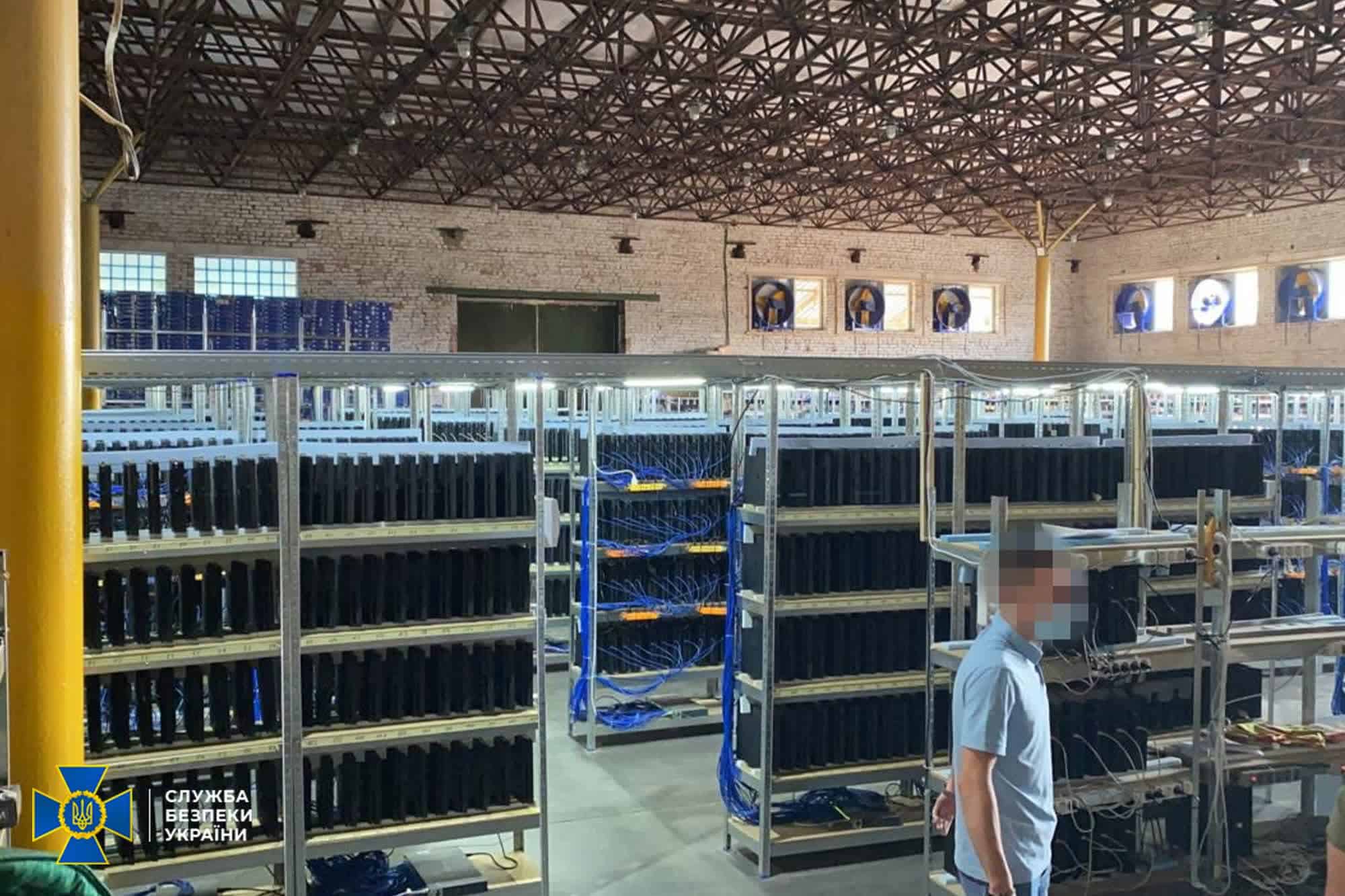

WTF?! On Thursday, the Security Service of Ukraine (SSU) announced that it had shut down a cryptomining operation in the town of Vinnytsia, seizing more than 500 GPUs and 50 processors – and a bunch of Playstation 4s. 2013-era tech might not be great for mining, but they don’t need to be when you have 3,800.
While the GPU market is starting to improve and dedicated ASICs are poised to ease demand, it appears that a group of enterprising cryptocurrency miners have turned to next-gen console hardware for to make things progress.
From the photos provided by the SSU, it looks like these consoles are of the PS4 Slim variety, the 2016 update of the original console from three years ago. Mostly obsolete for newer games, it’s not at all surprising that so many games can be bought in bulk so easily.
Still, while the PS4 Slim performed more efficiently than the base PS4 thanks to node shrinkage on the APU, it wasn’t any faster. It’s hard to estimate the kind of performance you might get on a console rigged by a jury to mine cryptocurrency, but the PS4 Pro’s GPU is a less potent derivative of silicon in AMD’s RX 480 – and that higher- clocking refresh card, the RX 580, was found by Tom’s Hardware to be a fairly inefficient card for Ethereum mining these days, even when tuned.

On the other hand, Ethereum mining often relies more on memory bandwidth than compute performance, and there the base PS4 and Slim are handling 176 GB/s with their 8 GB of shared GDDR5. That’s less than the 217.6 GB/s of the Pro model and the 256 GB/s of their desktop counterparts, but not as far as in other metrics such as TFLOPS often cited in console-related debates.
Regardless, it’s almost certain that miners used the PS4 for its price and availability rather than speed or efficiency, especially given the large number of consoles in use. In addition, like some previously halted mining operations, they were stealing electricity from the Vinnytsia power grid, so energy use was unlikely to be a problem.
